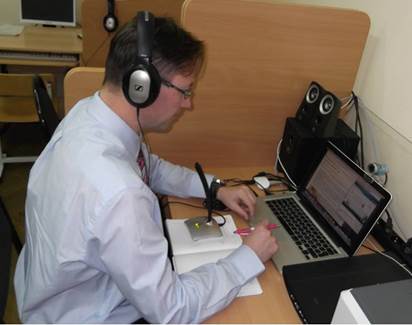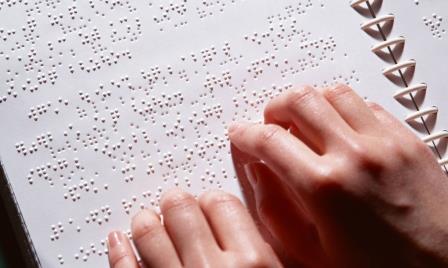References
1. Egorova N. N. Psikhologicheskie osobennosti professional'nogo otchuzhdeniya peda- gogov: Avtoref. dis. ... kand. psikhol. nauk: 19.00.07 / Mosk. gumanitar. un-t. M., 2007. 23 pp.
2. Komarov S. V., Kordon S. I. Organizatsionnaya patologiya s tochki zreniya sotsiologa, me- nedzhera i konsul'tanta po upravleniyu // Sotsiologicheskie issledovaniya. 2000. № 1. P. 44–50. 3. Moskovskaya model' nashey novoy shkoly – shkoly budushchego. URL: www.k-obr.spb.ru/downloads/375/333.ppt (Accessed: 7 February 2014)
4. Popov A. A. Sotsial'no-antropologicheskie osnovaniya praktik sovremennogo obra- zovaniya // Vestnik Tom. gos. un-ta . 2008. № 314. URL: http://cyberleninka.ru/article/n/sotsialno- antropologicheskie-osnovaniya-praktik-sovremennogo-obrazovaniya (Accessed: 7 February 2014)
5. Prigozhin A. I. Metody razvitiya organizatsiy. M.: MTSFE'R, 2003. 864 pp.
6. Filonovich S. R., Kushelevich E. I. Teoriya zhiznennykh tsiklov organizatsii I. Adize- sa i rossiyskaya deystvitel'nost' // Sotsiologicheskie issledovaniya. 1996. № 10. P. 63–71.
7. Frankl V. Volya k smyslu / [Per. s angl. D. Gur'eva, A. Suvorovoy]. [M.]: E'KSMO- Press: Aprel' press, 2000. 366 pp.
8. Chesnokova T. Razryv mezhdu umnymi i glupymi narastaet: Interv'yu s Lyudmiloy YAsyukovoy // Rosbalt. 2013. 4 dek. URL: http://www.rosbalt.ru/main/2013/12/04/1207437.html (Accessed: 7 February 2014)












